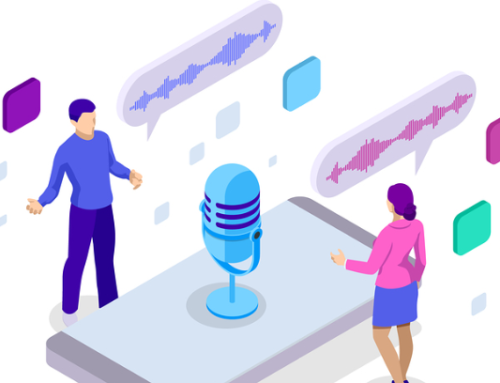A blog is an important part of every brand’s online presence. Frequent posting of articles and other quality content can keep your business noticeable. For blog content created and managed with SEO software to gain the attention of Google's search engines, you need to use effective optimization techniques.
Keep the tips in mind when generating blog content for posting with online SEO software to help your posts rank in the SERPs.
1. Use Long-Tailed Keywords in Strategic Places
Keyword use has changed considerably over the years. Now you will gain more attention from search engines using one or two long-tailed keywords in your articles and other important places.
Include carefully researched long-tailed keywords in your post URL, the post Title and H1 Header tags, within the body of the content, and in the meta description.
2. Make Good Use of Meta Description Space
In addition to including a long-tailed keyword in your meta description, make it concise, informative, and formatted as complete sentences. When filling out this information in your SEO software, use up the entire space which is now 300 characters. Give searchers a good preview of what information they will find in your post to entice them to click the link.
3. Be Mobile-Friendly
Online SEO software can help optimize your content to be search-friendly. If your blog is not mobile-friendly, that great optimization will not help. Google rewards mobile-friendly websites by giving them preference in the SERPs. If you want to be on top, it is essential that you go mobile.
4. Use and Optimize Alt-Text
Image alt-text is an often forgotten place where you can improve the quality of your content while also improving its optimization. Search algorithms can more easily interpret images with filled in alt-text, giving them preference over images without alt-text. Include important keywords in short but descriptive alt-text that explains the image.
5. Use Tags Effectively
Tags are very useful for categorizing blog articles so they can be searched by topic. Still, using too many similar words can cause your pages to be penalized if they are viewed as duplicate content based on the tags that are used.
Choose specific, single words about one idea and use this throughout your blog to control the number of topic pages your tags can generate. This will help avoid posts being mistaken as duplicate content within your blog.
6. Use A Simple URL Structure
The simpler and more direct your blog URL structure is, the more search and user-friendly it will be. An uncomplicated, organized site structure that shows users where they are on your blog helps to categorize content posted by SEO software and allows users to move around more easily. Easy to follow URL structures also promote faster web crawling and indexing so your pages can be found in the SERPs faster.
7. Use Internal Linking
Links between content pages in your blog are just as valuable as incoming links from other sites. Linking between relevant pages improves page optimization and can also help you organize topic clusters on your blog. Internal linking can also increase the length of time users spend browsing your blog, another factor that translates to website value and higher pagerank.
Get the most recognition for the blog articles you post with online SEO software by making sure they are well-optimized. Run a search analytics report using Google’s free Search Console tool and see how well your pages are performing. Then go back to your SEO software and modify the content to incorporate the above tips. By using these methods, your blog will gain more attention from the search algorithm and rank higher in the SERPs!






